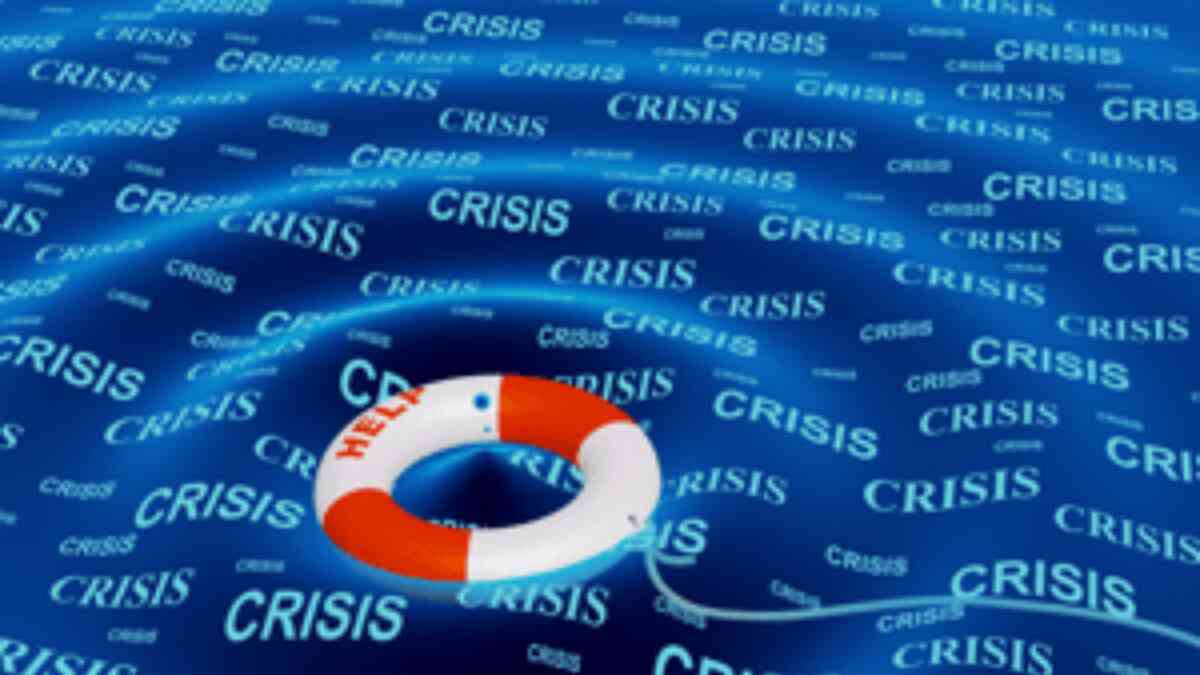
Disaster Communications Preparedness: Bad News Can Strike Year Round
Leslie Farnsworth
President and CEO
Companies all along the Gulf Coast prepare for hurricane season. The very real if uncertain possibility of a big storm causing catastrophic physical damage can’t be ignored. But most companies pay less attention to more common situations that can put them at risk for reputation damage.
People, not weather, cause most organizational crises. Executive malfeasance, data breaches, criminal activity, or board activism are more likely than a natural calamity to affect a business in any given year.
No matter what type of disaster strikes, preparation and transparency enable organizations to survive—even thrive—during and after crises. An effective crisis communications plan facilitates transparency by providing a flexible framework for communicating with vital audiences.
The first step is to assess risks that could affect perceptions among key audiences. Organizations cannot predict every scenario that might become a crisis, and they shouldn’t try. But knowing as much as possible about potential problems not only helps in preparing to communicate about them, it can prevent crises from happening in the first place.
However, a crisis plan that focuses on specific scenarios in minute detail won’t be useful during an actual crisis. Chances are the situation that arises will be completely different than the one simulated in the last disaster drill. Instead, a useful plan
- identifies what functions will need to be performed during a crisis,
- defines procedures to ensure the identified functions will be carried out,
- assigns the functions to specific roles, and
- identifies the people who will assume the roles when a crisis happens.
Conducting media training with executives who will likely serve as spokespeople is one important step, but they aren’t the only team members who need to prepare. Support will be needed from employees at all levels. Practice sessions also help educate staff and executives about the crisis plan, increasing the likelihood that they will actually follow it when needed.
Executive engagement and participation is vital, but a crisis is not the time to communicate by committee. Taking control of a crisis means communicating early and often, and a statement that plods through a lengthy, multi-layered approval process may be irrelevant by the time it is issued. An effective plan should include a streamlined framework for approvals.
Now is also the time to make contingency plans for developing and maintaining employee and Web communications during a crisis and for building relationships with likely communication partners. Any problem that affects an organization also affects staff, clients, vendors, business partners, and regulatory agencies. If relationships with key partners have not been cultivated before a crisis hits, recovery efforts can quickly disintegrate. Building positive relationships before the going gets tough helps all partners pull through together.
An objective, external communications consultant can also be valuable during crises and while planning for them. An outside advisor can raise the tough issues that need to be addressed and advocate for transparency when those inside an organization may find the truth too painful to confront.
Any crisis communications plan should be based on a firm understanding that telling the truth helps companies get back on track more quickly and surely than defensiveness or the eventual discovery of an unfortunate secret. This is especially true when the disaster involves human nature instead of acts of nature.
Updated: Oct 11, 2019

We do not spam. And you can unsubscribe when you want.